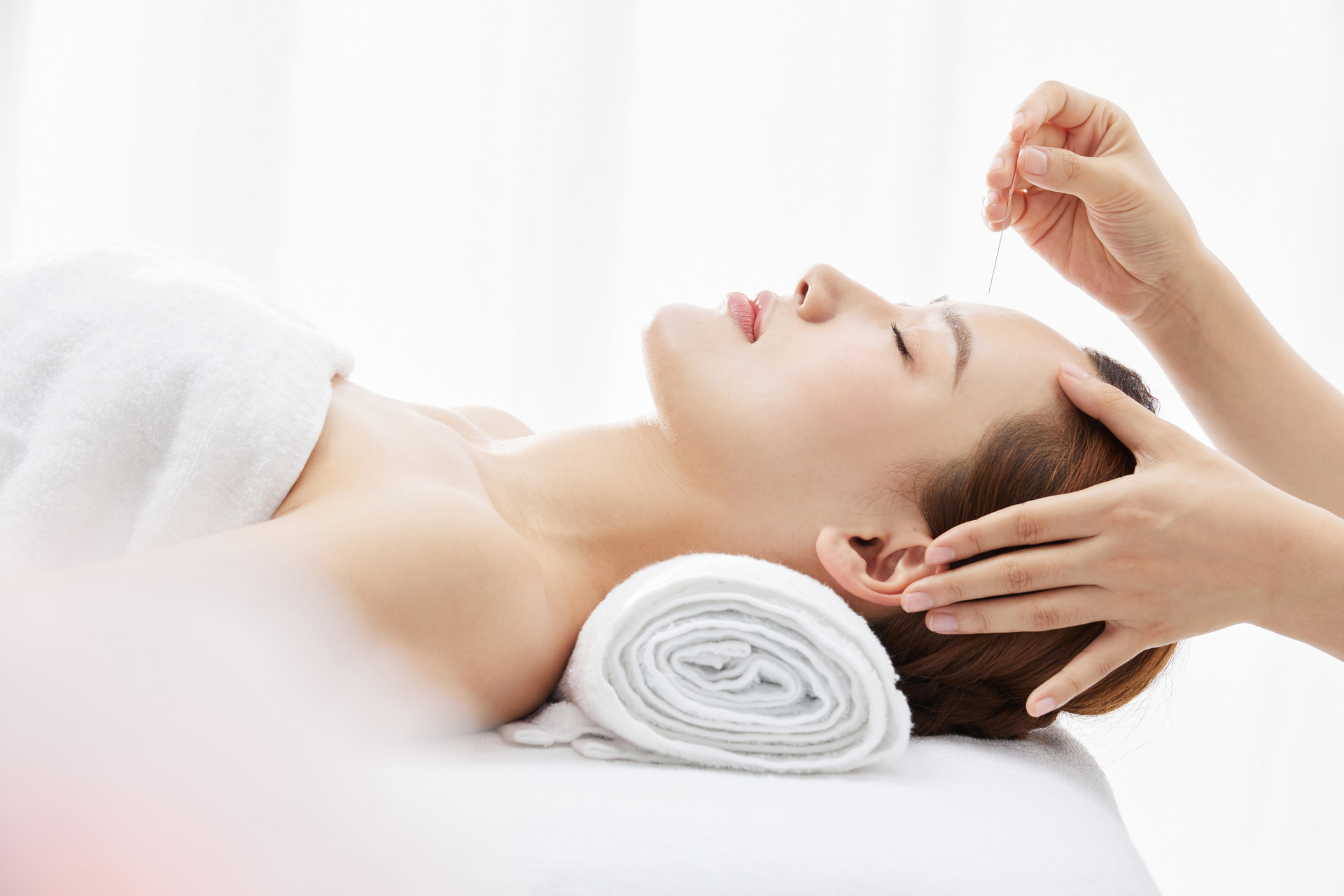Acupuncture treatment uses sterilized stainless steel needles without any medication or laxatives. So how does it produce tonifying and purging effects?
Acupuncture treatment primarily involves stimulating acupoints along the meridians to regulate qi and blood, harmonize yin and yang, and balance the internal organs. When the body is in a depleted state, showing signs of deficiency, acupuncture can stimulate the organs through the meridians, promote the generation of qi and blood, enhance the body's functions, and play a role in tonifying deficiencies. When the body is in a state of excess with strong pathogenic factors, acupuncture can clear the meridians, promote the flow of qi and blood, regulate the organs, and inhibit excessive bodily functions, thereby purging pathogenic factors. In other words, acupuncture has a bidirectional and beneficial regulatory effect. The tonifying and purging effects depend on the functional state of the body at the time of needling.
In addition, acupoints not only have general effects but also exhibit relative specificity. Some acupoints tend to tonify, while others tend to purge. For example, acupoints such as Shenque, Guanyuan, Qihai, Gaomang, and Zusanli can invigorate the body's vitality, promote strong functions, and are often used in cases of deficiency. On the other hand, acupoints like Jing, Shixuan, Baxie, Renzhong, and Weizhong can disperse pathogenic factors, inhibit excessive bodily functions, and are commonly used in cases of excess patterns.
In addition, the techniques and intensity of needle stimulation used by the acupuncturist can also induce transformation of the body's internal factors, resulting in tonifying or purging effects. Ancient acupuncturists have accumulated a wealth of clinical experience in this regard and have developed various needling techniques for tonifying and purging. Acupuncture has proven to be effective in treating both deficiency and excess patterns in clinical practice.










